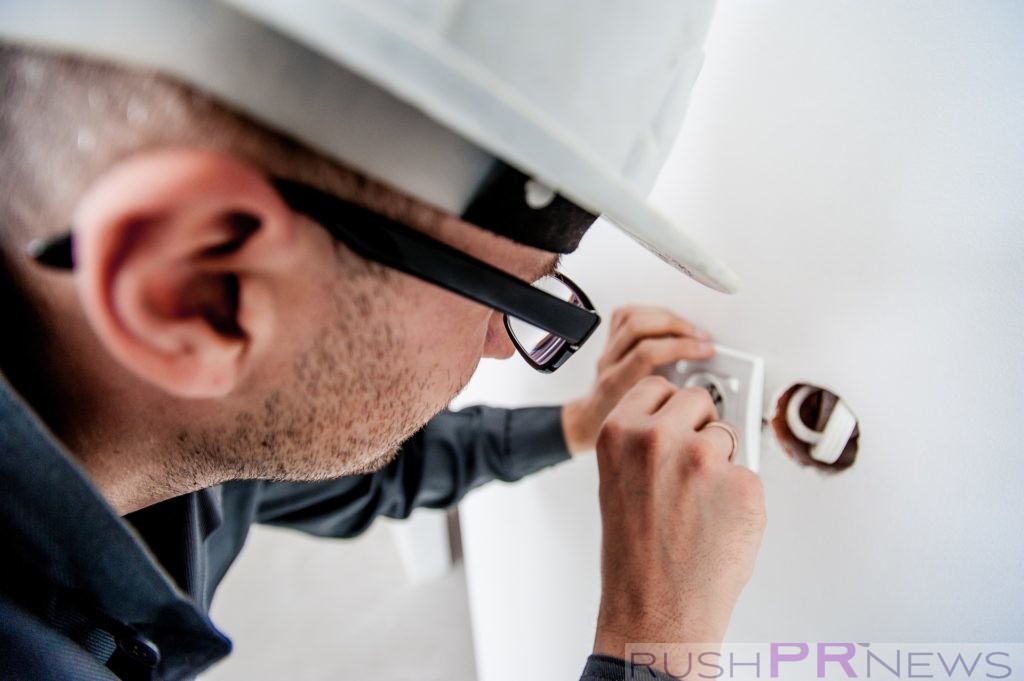Static Electricity and How It Is Generated
Static electricity is most commonly believed to be produced by friction but in reality, it is more than just friction that plays a role in how static electricity is generated. Contact and separation is really how static electricity is generated. Just about all matter that is not making contact with another form of matter is neutral in charge. It is when two materials that come into contact with each other that electrons at the surface of those materials become disrupted and unbalanced. When those two materials become suddenly separated, the unbalanced electrons have trouble returning to their usual balance causing one of the materials to become positively charged while the other is now negatively charged. Both objects take on properties that will either attract other objects or repel them depending on the charge of each object which can cause the object to spark when they are separated.
Why Does Static Electricity Need To Be Eliminated
Since opposite charges attract and like charges repel, this can be a real problem when two materials that need to be kept separated are attracted to each other and may end up sticking to each other. Perhaps you are working with two objects that you need to adhere to one another but because of the presence of static electricity, they end up repelling from each other. Imagine yourself painting your bedroom your favorite color and rather than the paint being distributed evenly on a wall and allowing for maximum performance from the paint your using, it may be repelled instead. In operations that require a sterile environment such as an operating room at a hospital, static electricity can cause many foreign debris such as dust and other contaminating substances to be attracted to the surgeons equipment and possibly causing an infection in the patient.
Static electricity can be a real problem in any number of industrial operations from manufacturing plants to the product packaging at the same plant as well as the plastics industry, coatings, assembly of electronics and much more. With more and more manufacturing businesses applying pressure to increase the rate at which they produce a product while also finding new ways to lower the costs of the materials they are using in their products in the pursuit of making more money, the result is an increase in static electricity due to an environment that is perfect for the generation of static electric charges. With the constant rise of static electricity in the environment, the production rate is often slowed down or can even be interrupted all together which directly affects the overall quality of the product being produced. As a result of this, manufacturing businesses as well as many other businesses from all kinds of industries who were also struggling with this issue were all becoming more and more interested in static Eliminators and the prevention and ability to control static electric charges in order to remain productive and profitable.
Types Of Static Elimination
There are two types of static elimination and if they are both used in combination of each other, optimum static elimination can be achieved.
– Passive Static Elimination
Passive static elimination is great because it is very easy to install and are usually relatively low cost. This type of static elimination requires no outside power source and relies on the induction of the static electric field that is present around it in the environment to power itself.
– Active Static Elimination
Active Static Elimination is the other type of static elimination. Active static elimination devices are commonly known as static neutralizers or ionizers. These types of static elimination devices work by producing both positive as well as negative ion fields and eliminates any static electricity that is present in the environment. Active static eliminators are able to achieve this by reverting the unbalanced electrons on objects around it back to a balanced and neutral state.
Types Of Static Elimination Devices
There are several different types of devices that have been developed for eliminating static charges. Each type of device is designed a little different then the rest in terms or how the device is used in order to offer different ways for the user to be able to control ions in the room around them.
-Ionizer Bars are probably the most commonly known static elimination device. Some ionizer bars may require an air source while others do not. Ionizer bars are installed at a distance and location that is predetermined by its user to be able to target a specific area to produce ions at. Ionizer bars that do not have an air supply are much more limited in terms of their range when compared to an ionizer bar that does have an air source but if overshooting your target is a concern, an ionizer bar without an air source can be just as effective.
– Ceiling Emitters are designed for large areas and are commonly found in environments such as cleanrooms. Aside from being mounted on the ceiling of a room, these static elimination devices are equipped with a blower as well as an air supply which gives it a substantial advantage when it comes to being able to cover bigger spaces and larger distances.
– Benchtop devices are not intended for the elimination of static electricity over large areas and are intended for neutralizing a workspace that is localized and well defined.
– Blow Off Guns use compressed air to direct or force the flow of ions towards a specific area for that area to be neutralized.
There are plenty of reasons why eliminating static charges around can be beneficial. It just depends on how it happens to be affecting you whether it is a concern for the business you work for or within your own home for reasons of your own and it can easily be accomplished. So next time you put on your socks and shuffle your feet across the carpet jst to touch someone with some spark, at least you’ll know why and how to eliminate any further static charges in the future!




